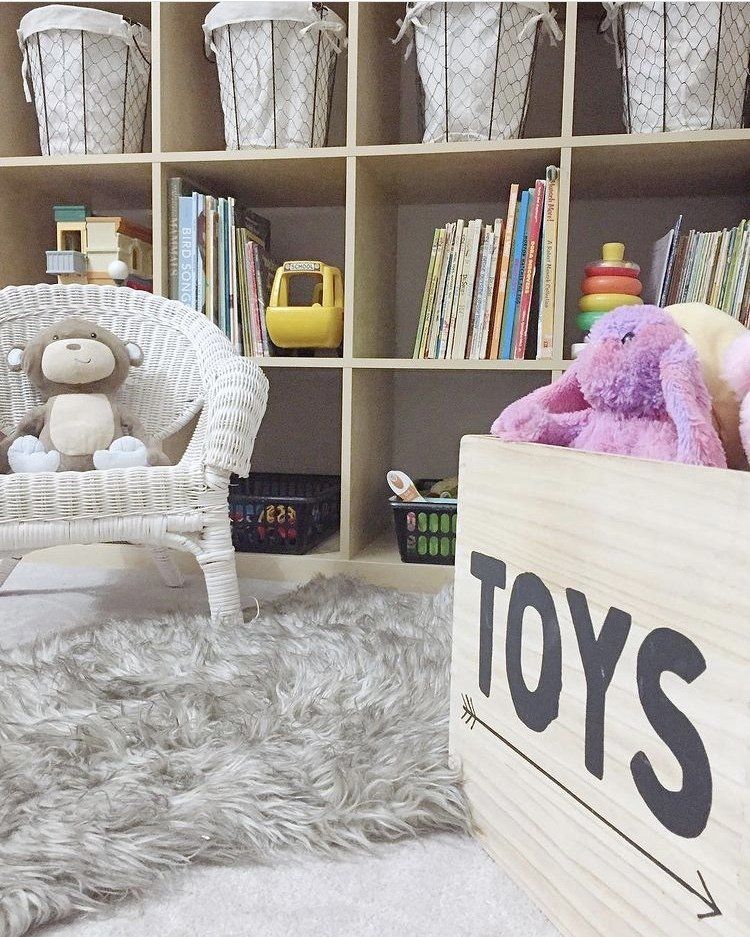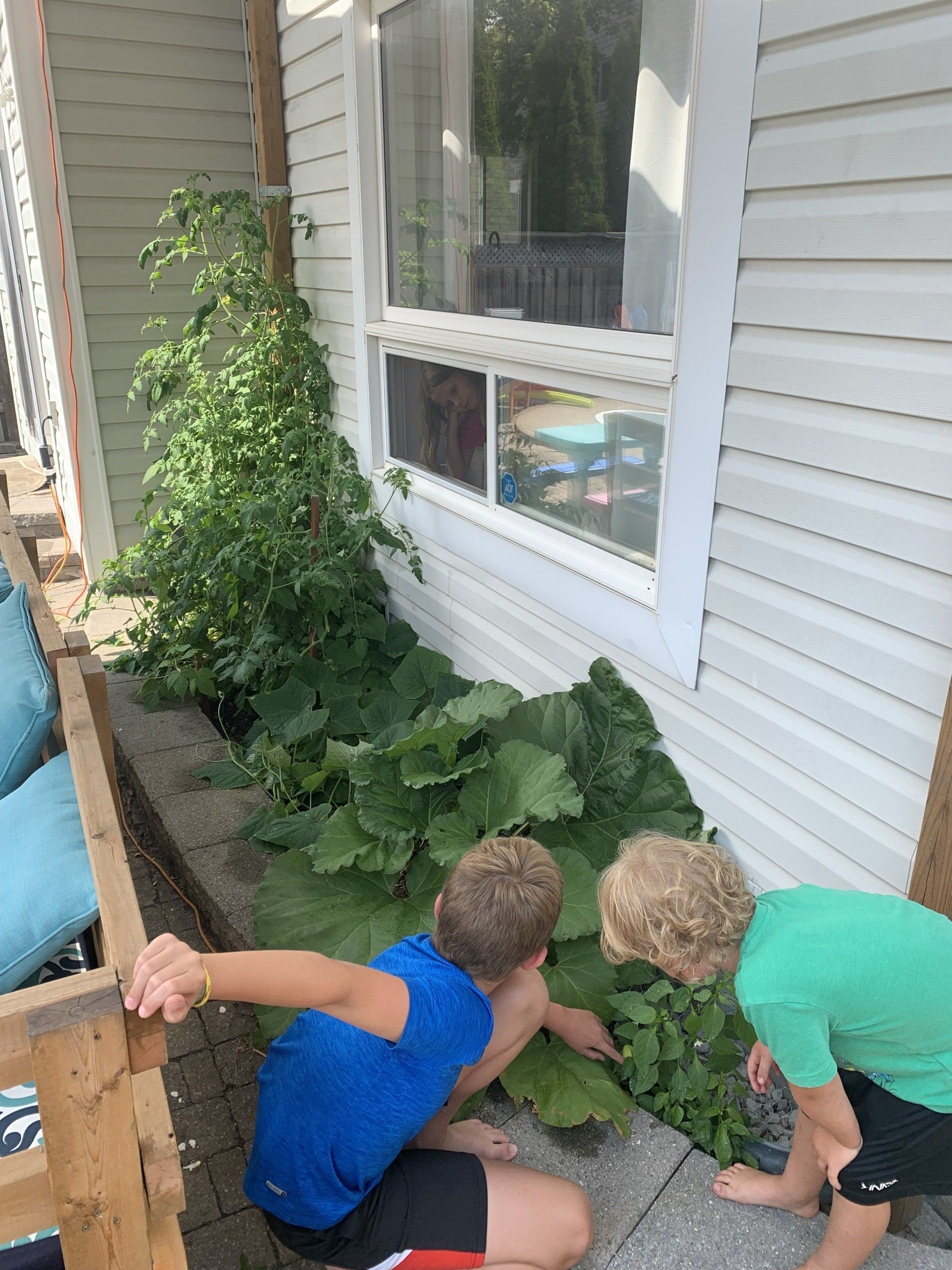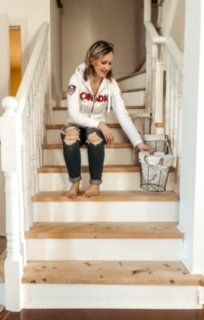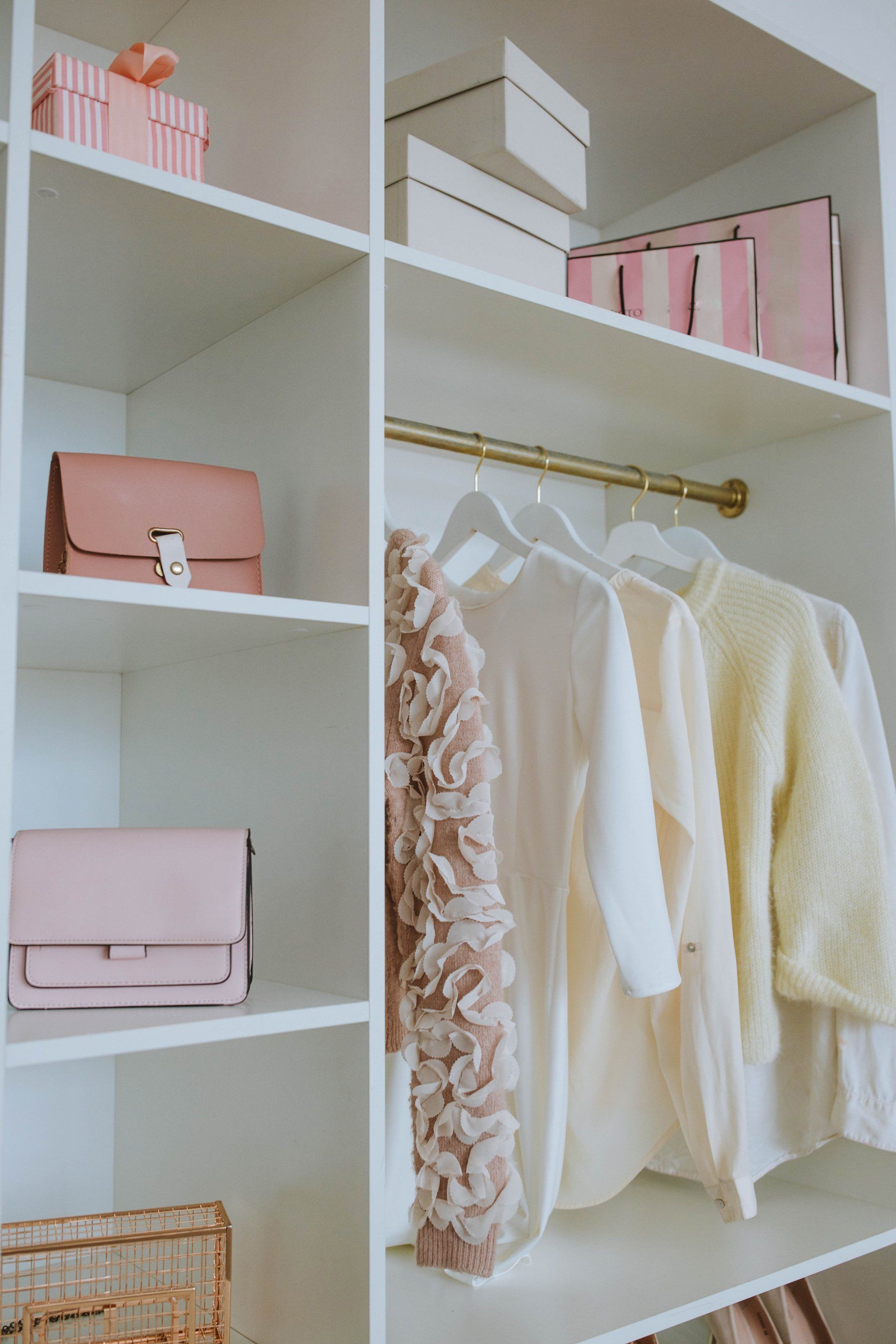Book Your September Session Today! Click Here to book!
Reflections of a Former Stay At Home Mom
8 Tips to Help Simplify Toy Clutter
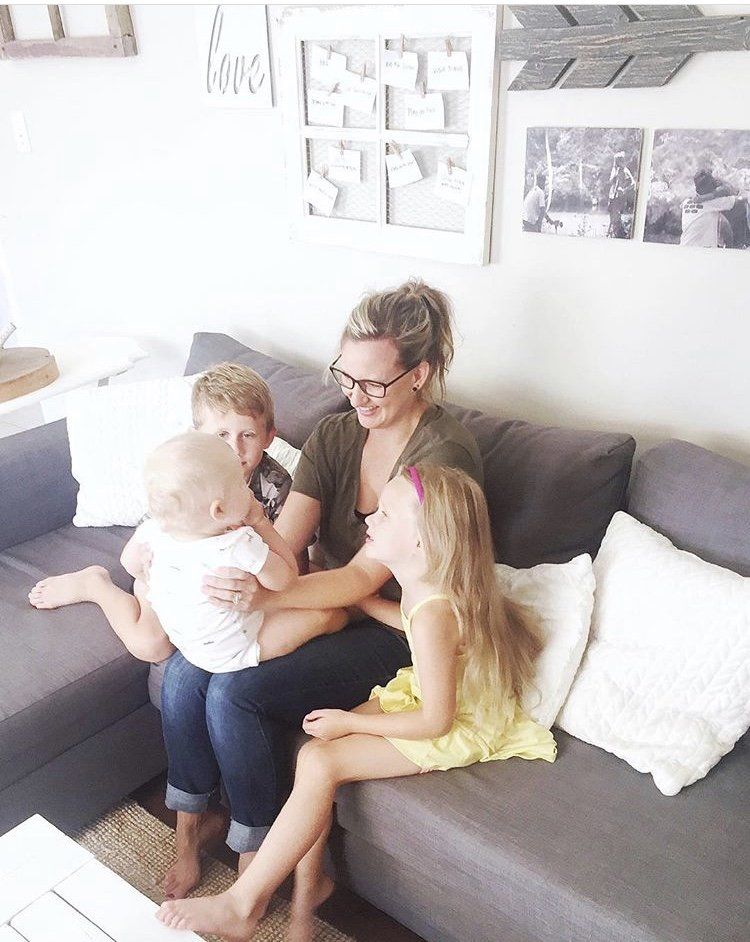
2. Be intentional with the toys you bring into your home. Buying toys that are sustainable and that are quality made will allow your kids to play with that toy for years without breaking and without you having to keep buying a new one. Bringing in toys that will help nurture their education and development are important factors to remember. In our family, as our kids are getting older, we make sure that the toys that come into our home are aiding in their development, for example: STEM toys. Don’t bring toys into the home just because they are free or cheap. My home was once filled with all these freebies, from yard sales and side of the road finds, because I was afraid my children would miss out and not have what other kids had. My house was soon chaotic, my children didn’t play with it all and we spent more time tidying up than actually playing.
3. Keep toys out of your kid’s bedroom. This goes along with point number 1. I learned pretty quickly and early on that a bedroom is for relaxing and sleeping and when a bedroom is chaotic then it’s not restful! My kids were becoming overwhelmed with having to tidy up their rooms. Not only did they have to put away their clothes but they had to put away their toys and at their young age, this was too much for them. I didn’t want them to become frustrated and I didn’t want this battle every night before bed. So I made the decision to not have any toys in their rooms and what a game changer! Just for the record, they still have a small amount of stuffies in their room and they do bring a toy or two into their room every so often, they are kids after all! For our family, bedrooms are for relaxing and sleeping, not for playing. Now, I understand that for some this may be tricky depending on the size of your home. If their room is the only space where they can play, then take note of the next tip, number 4.
4. Toy rotation. I’ll be honest, this is one thing that I never tried but I wish I had. I thought that just because I had a playroom that I could display all the toys and be ok. And it did work for us but I’ve always wondered if I would have spent even less time tidying if I had less toys in the playroom. Look at it this way, when an elementary school teacher teaches on a specific unit, say Fall, they decorate the classroom in Fall colours. Their lesson plans have to do with harvesting, and play activities might be discovering the different textures and smells of Fall. So why don’t we do this in our own home? Why don’t we have our playrooms be intentional and geared to helping our children grow and learn about the world around them? Toy rotation can help with that. Bringing in certain toys at certain times can be a fun way to learn and play. Bringing in fresh toys after a month or so can keep the child be engaged. Yes, you can keep their favourite toys out, there are no set rules. But let’s get a new perspective on playrooms and make them a place of discovery instead of a place of chaos.
5. Experiences over toys. This will become easier to do as they get older and begin to experience how experiences can bring them joy more than a toy can bring them. In our family, we strive each year for our children’s birthday and for Christmas to bring them a special experience over stuff. And guess what? They ask for experiences every time because they know their worth! It may be hard to transition to experiences especially if your child is used to getting a lot of toys for their birthday and Christmas, but you can slowly introduce this and slowly reduce the amount of toys that comes in over time. I highly recommend talking to your children about this especially if they are old enough to understand. This is also where you can get the grandparents involved. Ask them if they would like to contribute or go all in on an experience instead of a gift. If they are still wanting to buy something, maybe suggest that they do the experience with them. If they are still wanting to buy them a gift, then try to talk with them about what you are trying to instill, this may be a difficult conversation but one that needs to be had if you want changes. Experiences can look different, they don’t have to be big and cost a lot. This past summer, my 10 year old son began his own vegetable garden. He has taken it upon himself to water the garden and learn all he can about the different vegetables that he is growing. As parents, we want to nurture this new found love of gardening he has, so we thought it would be great to get him specific gardening tools and supplies. And since his grandma was asking us what he wanted for Christmas, we thought that this was a good opportunity for her to help nurture his love for gardening. It’s not a toy, it’s an experience that will help nurture his love and one that the grandparents can be on board with.
7. Store a basket at the bottom of the steps. This tip has helped save countless up and downs on my stairs and really has made tidying my main floor so much easier and faster! My stairs are wide enough for each kid to have their own basket. If you do not have wide enough stairs then try having it off to the side or the bottom where there won’t be a tripping hazard. At the end of the day, your child is responsible for emptying their basket.
8. Just Minimize. It’s so easy to accumulate stuff especially when kids enter the scene. We are always wanting the next best thing and filling our homes with entertainment right and left but it’s leaving our homes chaotic and making us feel overwhelmed. Why are we doing this to ourselves? Why are we stressing out in our own homes? The best organizing method isn’t to have toy bins labeled, though that is helpful, it’s minimizing! If you were to let go of half of your belongings or half of all the toys, then you would cut your tidying time in half! Imagine that! But I think we are afraid to take this step, it’s dramatic and our kids or our spouses may not be on board. So ask yourself, do you want to feel relaxed or stressed in your home? Do you want to spend more time doing the things you love with the people you love or do you want to spend that time organizing over and over? You may need to take a dramatic step or maybe you just need to take one small step in the right direction. Begin with your own things and see how this impacts you and see if other members of your family begin to notice the change, and I bet they will and I bet it will be good. Paragraph
Remember, our homes are unique to our family. Each home is special and each home functions differently. Is your home functioning at it’s best for you and your family? Is your home fitting the needs of your current season of life? Make your home work for you. Make your home a home filled with joy, laughter, and peace not with stuff. “Throw out the excess, clean up the mess, say no to stress, and live with less,” Joshua Becker.

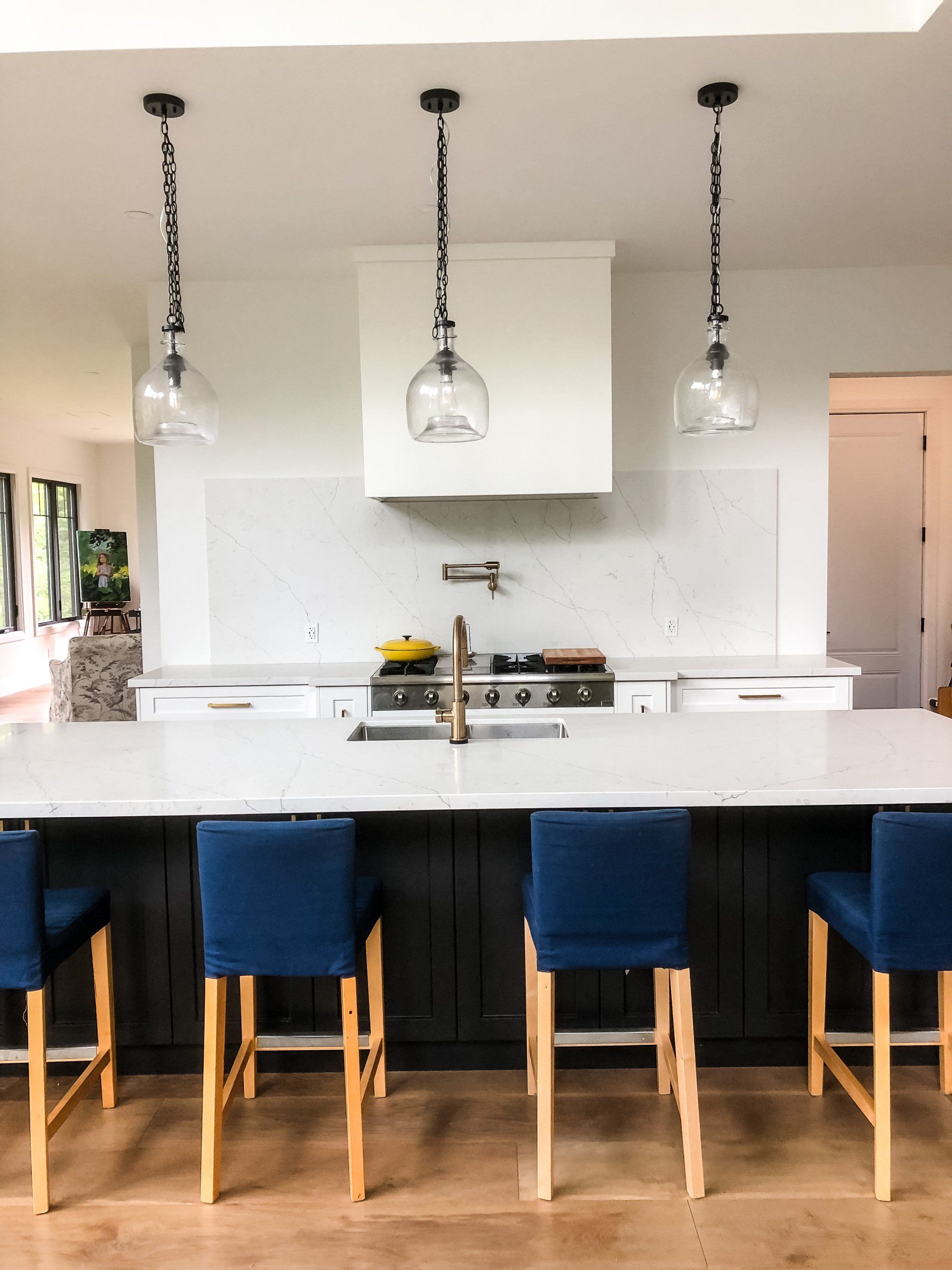
(905) 903-1340
mycanadianhome1@gmail.com
Providing in-home organizing services for homeowners throughout Durham Region and virtual services throughout Canada and USA.
Sign Up for Our Newsletter
We will get back to you as soon as possible.
Please try again later.

